There are 5 steps to the production of your site, many of these aspects tend to overlap.
- Gather requirements

- Research
- Gather content
- Design phase
- Development
What is the aim of this website? How is it going to fulfil that purpose better than any other site on the Web?
Goal setting can help you take a mediocre site and make it great. Once you know the goals of the site, you can plan around them.
Who is going to read this website? Try to be as specific as you can regarding your target audience. Include details like: age, hobbies, income, job title(s), and so on. You might envision different people coming to different parts of your site – that’s fine. But know who the audience is that you want to attract. If you already have a live site, you should include data on the audience that you currently have.
What will be on the site? Will the content change regularly? Will you focus on selling products with product pages or focus on providing information through articles? Is your content going to be mostly text or images or multimedia? Do you have the content already created or do you still need to get it?
What colours will your site be? Remember that design aesthetic varies across different demographics. So if you’re planning a website for cutting edge designers, it will have a different look than one designed for the local cricket team. The design includes things like graphic elements, logos, colours, fonts, and typography. It is important to carry a theme through each page of your site. The more you plan ahead of time, the easier the design phase will be.
Once you have the rest of the pieces of the plan together, you should decide on a schedule. Don’t forget to include time for testing, revision, and user feedback.
Try to find people you trust as independent critics for your new site, it is easy to get lost in your own view and a third-party can offer a valuable alternative perspective. They usually see things from a customer’s point of view and that is extremely important.
